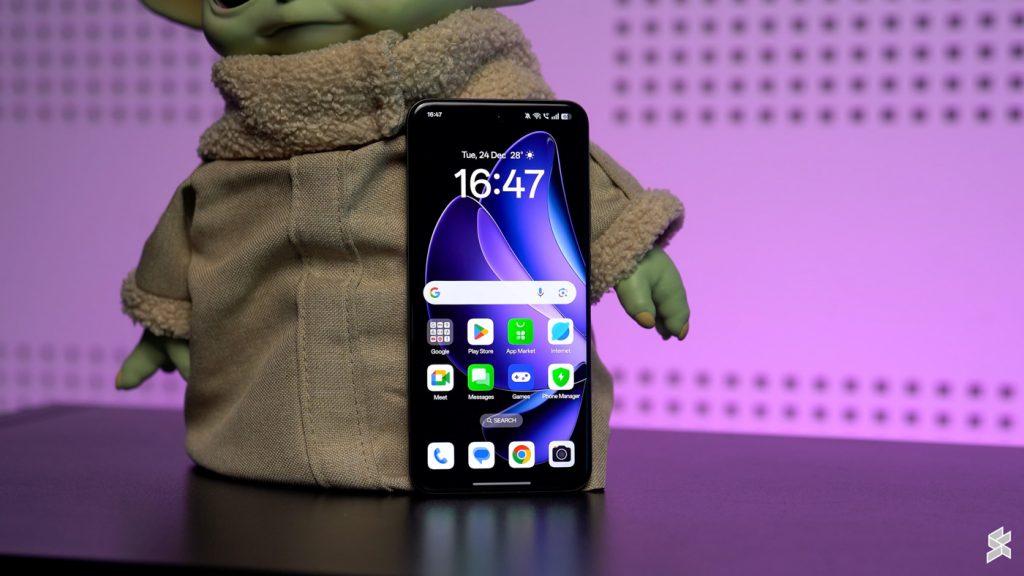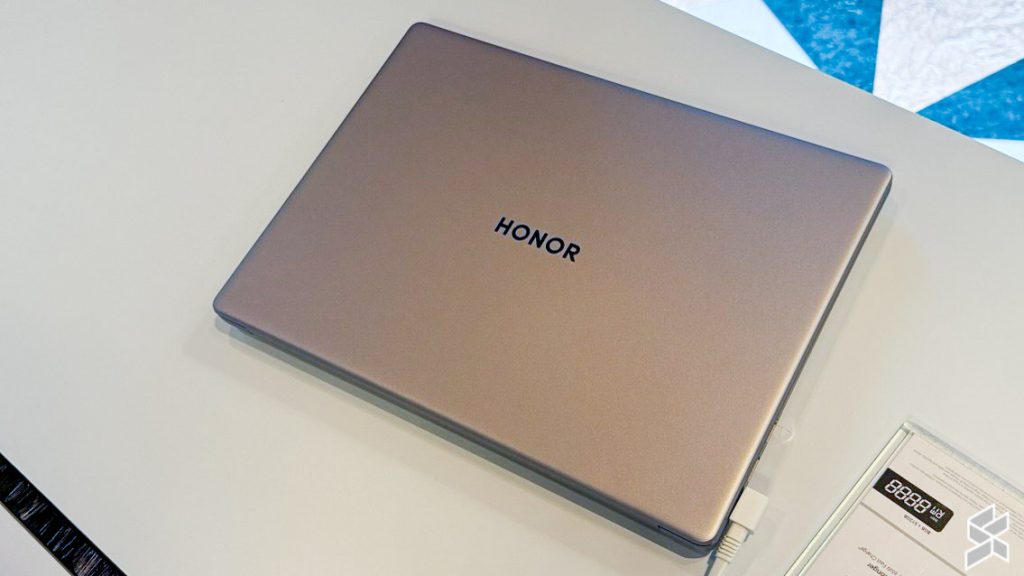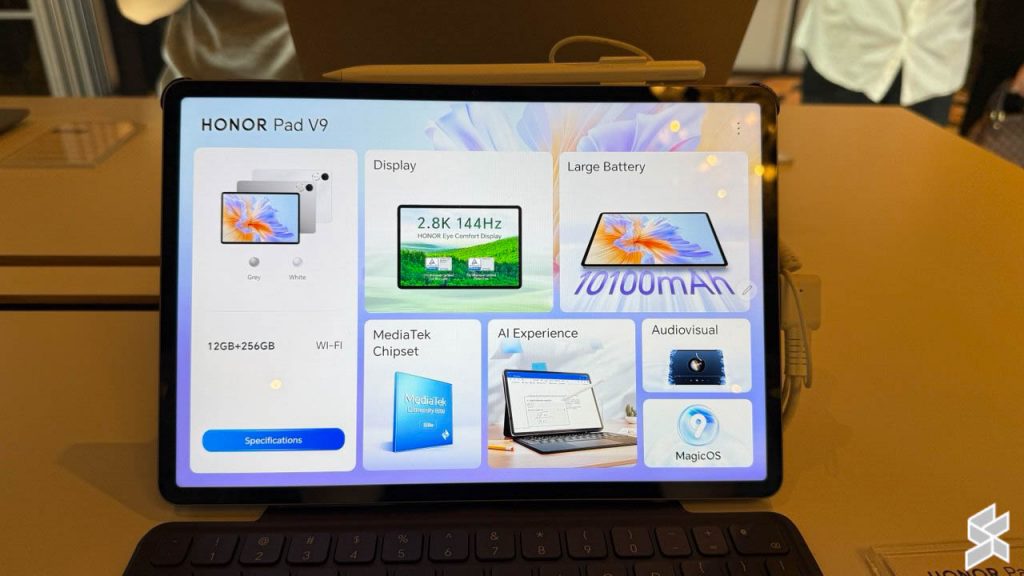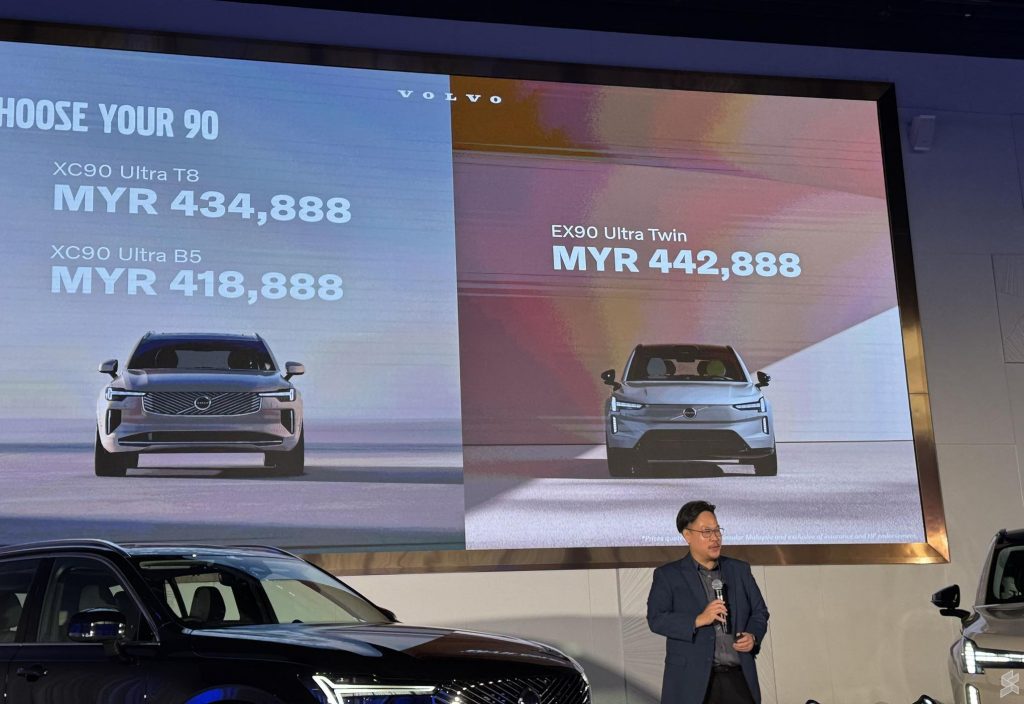Earlier this year, Oppo Malaysia launched its latest premium midrange smartphone lineup, the Reno 13 series. Sitting at the top of the range is the Oppo Reno 13 Pro 5G, which retails at RM2,999, giving you a MediaTek Dimensity 8350 processor, a 6.83-inch Full HD+ AMOLED display, along with 512GB of storage. Those are decent specs you can ask for from a sub-RM3,000 phone.
However, with stiff competition from the likes of the Xiaomi 14T Pro, Honor 200 Pro, and Vivo V40 Pro, should you buy the Reno 13 Pro, or bin it to get its competitors instead? Here are 5 things I like and 3 things I dislike about it after using it as my daily driver for a couple of weeks.
Like: ColorOS 15 is smooth with useful AI photography features
Yes, I can’t believe I’m saying this as I wasn’t a fan of Oppo’s ColorOS in the past, which looked a lot like an imitation of Apple’s iOS. However, with more recent versions of the ColorsOS such as ColorOS 15, Oppo seems to have ironed things out, not only in terms of design but also in smoothness.
Even without looking at the marketing terms Oppo has used to describe its latest ColorOS version, I can still tell that this is one of the smoothest UI I’ve experienced in the Android space, ranking just below Google’s Pixel UI and Samsung’s One UI.

ColorOS 15 also looks pretty clean overall, with designs that make sense and are easy to understand. I also like details such as how I can access the notification shade and quick settings toggles including the screen brightness, Wi-Fi, Bluetooth, and volume, all with just one swipe. This is something that might seem minor, but not all OEMs can offer, including Google, the company behind the Android platform itself.
The icing on the cake for ColorOS 15 has to be its customizability. As a fan of past HTC and Google Nexus devices, I truly appreciate how I can customise the app icons on the home screen and app drawer, making them look like those found on devices like the Nexus 6P and HTC One M8.
Also impressive with ColorOS 15 is its AI photography features such as Enhance Clarity which helps fix low-res or pixelated images to make them look more “HD”. Remove Reflections on the other hand does just as its name suggests, remove reflections rather effectively caused by things such as glass windows. Unblur helps restore parts of images that are, well, blurry, while AI Eraser helps remove certain elements from an image.
Like: IP69 dust & water resistance
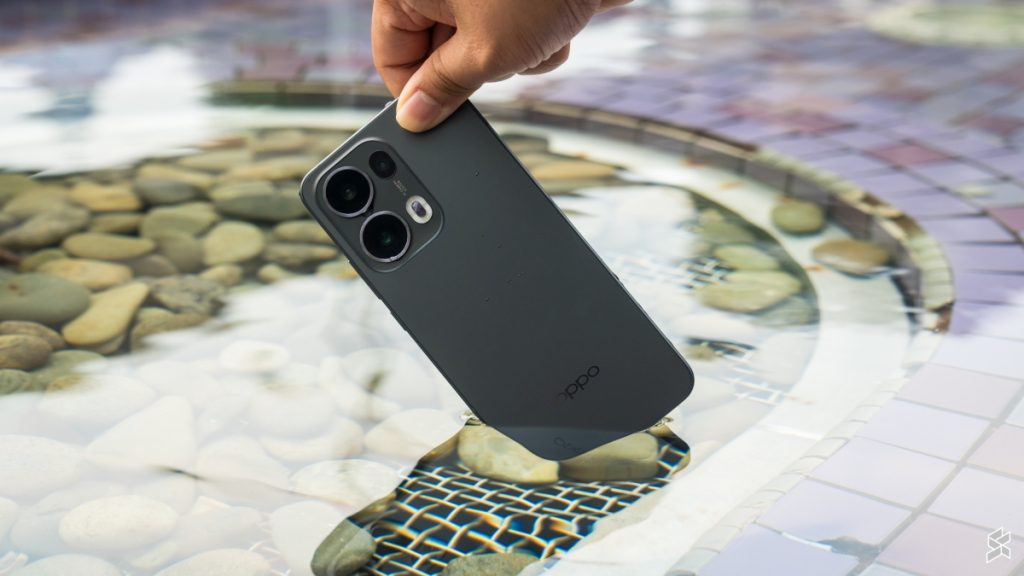
Despite being built off premium materials like glass and metal, I’m glad that it’s also capable of taking a dunk thanks to it being rated for IP66/68/69. These numbers basically mean that the phone is dust-tight, and can survive underwater for up to a depth of 2 meters and 30 minutes. Additionally, the device is also protected against high-pressure and temperature water jets. However, do note that these ratings are only applied to clean water.
To take advantage of this, Oppo has also included the Reno 13 Pro with an Underwater Mode within its camera app. When activated, this feature locks the touchscreen, allowing you to take photos under the surface using the volume buttons and prevent water from triggering “phantom touches”.
Like: Solid battery life coupled with ultra-fast charging

Your phone can have a great display, chipset, camera, and software, but what’s the point if its battery life sucks right? Well, I’m happy to report that the Oppo Reno 13 Pro excels in the battery department with its huge 5,800mAh cell.
With my use case, this enabled the Reno 13 Pro to easily deliver over 7 hours of screen on time after a full day of use, and by that, I mean over 24 hours. This includes a full day of document editing, web browsing, social media scrolling, YouTube watching, as well as some casual gaming sessions here and there.
Do mind that I also had features such as Wi-Fi, mobile data, and GPS turned on all day long. I even used the phone as a mobile hotspot when working on the go. Charging the Oppo Reno 13 Pro didn’t take that long either thanks to the brand’s 80W SuperVooc charging technology.
Like: Borderline flagship-level cameras

You might think the subheading above is a negative critique. But no, it’s actually a compliment. On paper, the Oppo Reno 13 Pro comes with a triple camera setup on the back, consisting of a 50MP f/1.8 main shooter with OIS, a 50MP f/2.8 telephoto camera, and an 8MP f/2.2 ultrawide snapper.
Long story short, for the price, I was pretty satisfied with the cameras on the Reno 13 Pro, especially its main and telephoto sensors, in most lighting conditions. Speaking of the telephoto camera, when snapping something extremely far away at its max 120x digital zoom, Oppo will initiate its AI Telephoto Zoom feature, making photos look sharp as if taken using an actual digital camera. Pretty impressive stuff here.
The wide-angle camera, although lacking in resolution, can churn out decent-looking images, once again thanks to Oppo’s software prowess.













Like: Good old infrared (IR) blaster

Here’s a bonus feature I like about the Oppo Reno 13 Pro, which is a severely underrated feature that’s often overlooked by many smartphone users – an IR blaster. As rare as it is in this day and age, this feature is typically found in more affordable smartphones, and I truly appreciate smartphone companies going the extra mile to include this with their products. It might not be a cutting-edge feature, but its existence does make my life at home so much easier.
I can simply use it to control home appliances such as the TV, fan, air conditioner, and so on, without needing to dig through my sofa cushions just to look for their respective remote controls, which can be a hassle when I lose them. Tech is supposed to make our lives easier right? And this is one good example. Nice one Oppo.
Dislike: Tonnes of bloatware on a RM2,999 phone, really?

Now, on to the things I dislike about the Oppo Reno 13 Pro. I’ll start by getting the largest buffalo out of the way first, which is bloatware. I was genuinely surprised to see so much bloatware on this smartphone that costs RM2,999, which is anything but cheap.
If manufacturers are to put this amount of bloatware into a sub-RM1,000 smartphone to make up for its low retail cost, fine. But when you’re paying this much for something like the Reno 13 Pro, it starts to become a little ridiculous.



To make matters worse, most of the bloatware on the Oppo Reno 13 Pro consists of obscure game apps. This is somewhat ironic, as a representative from Oppo once explained to the Malaysian tech media that these pre-installed apps are meant to be useful and convenient for non-tech-savvy users who might not know how or where to install third-party apps. But when are games considered as “essential” apps?
To be fair, among the bloatware, there are some apps that you might use such as Agoda, Booking.com, iQiYi, LinkedIn, Netflix, Shopee, TikTok, and WPS Office. The issue is, that over 50% of the pre-installed apps are questionable game titles, which are obviously there just because their creators paid Oppo to. This really started to get under my skin.

Hilariously, the Oppo Reno 13 Pro also comes out of the box with some “dummy app folders”, which, you guessed it, aren’t actual app folders. Rather, they direct you to a page full of suggested apps Oppo wishes you to install from its app store. Come on Oppo, there must be better and more civilized ways to advertise your app store, right?
Dislike: For the price, its MediaTek Dimensity 8350 SoC is neither here nor there

Don’t get me wrong, the 4nm-based MediaTek Dimensity 8350 chipset in the Oppo Reno 13 Pro isn’t a bad chipset by any means. But when compared to rivals like the Vivo V40 Pro and Honor 200 Pro, they either offer a more affordable price tag with similar performance or a similar asking price for more grunt under the hood.
There are also devices like the Xiaomi 14T Pro which provide both a lower price point and a more powerful chipset. This puts the Reno 13 Pro in a neither here nor there kind of position.
Dislike: Display not bright enough under the Malaysian sunlight

According to Oppo’s official spec sheet, the Reno 13 Pro’s 6.83-inch AMOLED display has a peak brightness of 1,200 nits with its High Brightness Mode (HBM). And if this doesn’t sound bright enough for you, I will have to join in and agree with you there.
When using the Reno 13 Pro under the bright Malaysian sunlight, especially in the afternoon, I at times struggle to see what’s up on the screen and am forced to hide under the shade to make out exactly what I’m looking at.
Comparatively, the Xiaomi 14T Pro delivers 1,600 nits with HBM. As for the Vivo V40 Pro and Honor 200 Pro, they are said to be able to churn out a maximum brightness of 1,307 nits and 1,110 nits in auto mode, according to tests conducted by other outlets.
All things considered, the Oppo Reno 13 Pro is not the worst-performing smartphone in terms of screen brightness. It’s also nowhere near as terrible as something like the iPhone SE 3’s IPS LCD panel, which is almost completely unusable outdoors during the day. However, a bright screen is essential in hot countries such as Malaysia, and we hope the Reno 13 Pro’s panel can be just a tad bit brighter.
Verdict: A premium midrange smartphone that’s very flagship-like

Honestly speaking, I wasn’t blown away by the Oppo Reno 13 Pro when I first saw it, especially when it comes to its design. However, after using it for a while, I started to warm up to it and realise that flashy designs are not for everyone. In fact, honest and clean designs like the Reno 13 Pro are most probably the ones that can better stand the test of time.
It’s clear that Oppo wants to establish the Reno 13 Pro as a “mini flagship”, delivering premium designs and some premium features for a price that won’t require you to sell your kidney. The Oppo Reno 13 Pro is just that. However, the market has become more intense than ever before, making it harder for phones like this to stand out without offering great specs at attractive price points.
So, for me, the Oppo Reno 13 Pro is a buy, as it offers a decent build, and top-notch water resistance with an Underwater Mode to take advantage of it, smooth software, along with an impressive camera setup. The inclusion of an IR blaster is also a sweet addition. However, it’s utterly hard for me to ignore its competitors like the Xiaomi 14T Pro which offers, at least on paper, better specs, with a lower price tag. The Reno 13 Pro’s long list of bloatware also put a bitter taste in my mouth.
However, if you’re willing to look past the bloatware issue, and are willing to pay the extra price for its (for the most part) superior software, or just prefer to own an Oppo phone rather than a Xiaomi, the Oppo Reno 13 Pro is a jack of trades kind of phone that you won’t be disappointed with.

